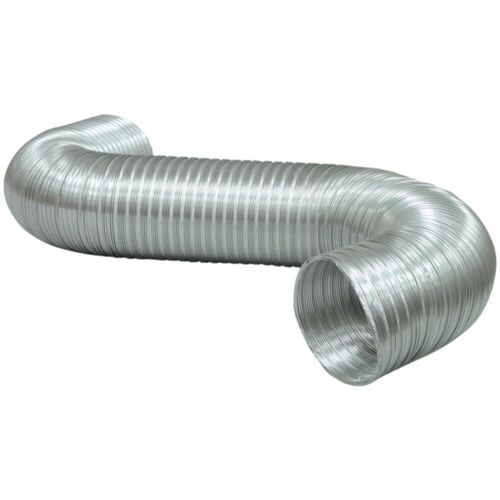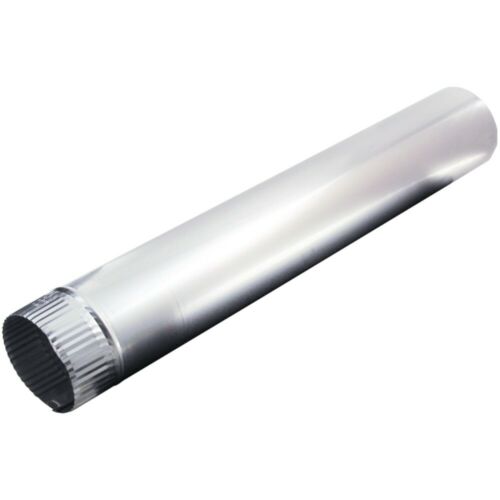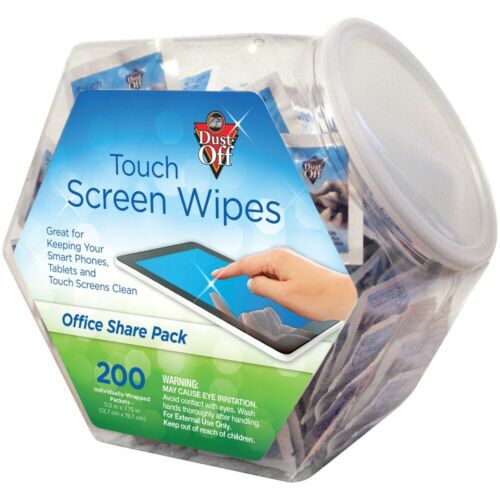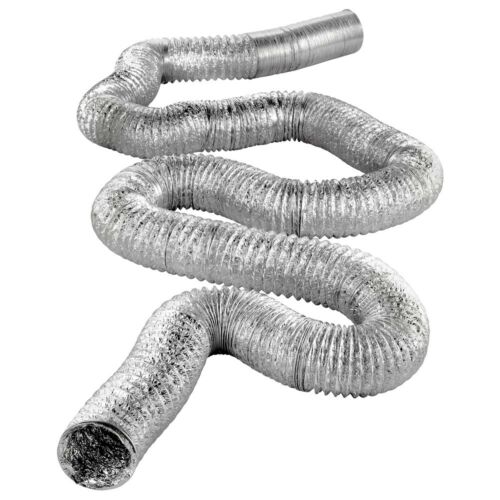-40%
Kleenex Tissue Ad: Little Lulu by Marge' Timely Tips! 1940's 7.5 x 10 inches
$ 5.28
- Description
- Size Guide
Description
This is aKleenex Tissue Ad
.
Featuring
Little Lulu
by Marge'
Very Well Done Funny Comic Ads!
Great Artwork!
This
was cut from the original newspaper Sunday comics section of
1940's.
Size
: ~7.5 x 10 inches (Half Tabloid Page).
Paper
: Some light tanning/wear, otherwise: Excellent! Bright Colors!
Pulled from loose sections!
(Please Check Scans)
USA Postage is Free!
Total postage on International orders is .00
Flat Rate
.
I combine postage on multiple pages
. Check out my other auctions for more great vintage Comic-strips and Paper Dolls.
Thanks for Looking!
*Fantastic Pages for Display and Framing!
Little Lulu
Author(s)
Marjorie Henderson Buell
Current status/schedule
Ended
Launch date
February 23, 1935
End date
December 30, 1944
Publisher(s)
The Saturday Evening Post
Genre(s)
Humor
Little Lulu is a comic strip created in 1935 by Marjorie Henderson Buell. The character, Lulu Moppet, debuted in The Saturday Evening Post on February 23, 1935, in a single panel, appearing as a flower girl at a wedding and mischievously strewing the aisle with banana peels. Little Lulu replaced Carl Anderson's Henry, which had been picked up for distribution by King Features Syndicate. The Little Lulu panel continued to run weekly in The Saturday Evening Post until December 30, 1944.
Little Lulu was created as a result of Anderson's success. Schlesinger Library curator Kathryn Allamong Jacob wrote:
Lulu was born in 1935, when The Saturday Evening Post asked Buell to create a successor to the magazine’s Henry, Carl Anderson’s stout, mute little boy, who was moving on to national syndication. The result was Little Lulu, the resourceful, equally silent (at first) little girl whose loopy curls were reminiscent of the artist’s own as a girl. Buell explained to a reporter, "I wanted a girl because a girl could get away with more fresh stunts that in a small boy would seem boorish".[1]
History
Marge's Little Lulu
Publication information
Publisher
Dell/Gold Key(Western)
Schedule
bi-monthly
Format
Ongoing series
Publication date
Jan/Feb 1948 – March 1984
No. of issues
268
Creative team
Written by
John Stanley
Artist(s)
Irving Tripp
John Stanley
Collected editions
In the Doghouse
ISBN 1-59307-345-3
Lulu Takes a Trip
ISBN 1-59307-317-8
Letters to Santa
ISBN 1-59307-386-0
Lulu's Umbrella Service
ISBN 1-59307-399-2
Marjorie Henderson Buell (1904–1993), whose work appeared under the name "Marge", had created two comic strips in the 1920s: The Boy Friend and Dashing Dot, both with female leads. She first had Little Lulu published in a single-panel cartoon in The Saturday Evening Post on February 23, 1935, in which Lulu appears as a flower girl at a wedding and strews the aisle with banana peels. The Little Lulu strip replaced the strip Henry in the magazine; the Post requested a similar strip from Buell, and Buell created a little girl character in place of Henry's little boy as she believed "a girl could get away with more fresh stunts that in a boy would seem boorish". The single-panel strip continued in the Post until the December 30, 1944, issue, and continued from then as a regular comic strip. Buell has said the tough little girl with corkscrew curls in her hair resembles herself when she was young. Buell herself ceased drawing the comic strip in 1947, and in 1950 Little Lulu became a daily syndicated by Chicago Tribune–New York News Syndicate and ran until 1969.
The characters in Little Lulu in the 1980s comics. First row: Wilbur, Annie, Gloria, Alvin, Tubby, Little Lulu, Jeannie, Joannie and Margie; second row: Eddie, Iggy, Willy, Mr. and Mrs. Moppet.
Comic-book stories of the character scripted by John Stanley appeared in ten issues of Dell's Four Color before a Marge's Little Lulu series appeared in 1948 with scripts and layouts by Stanley and finished art by Irving Tripp and others. Stanley greatly expanded the cast of characters and changed the name of Lulu's portly pal from "Joe" to "Tubby", a character that was popular enough himself to warrant a Marge's Tubby series that ran from 1952 to 1961. Little Lulu was widely merchandised, and was the first mascot for Kleenex tissues; from 1952 to 1965 the character appeared in an elaborate animated billboard in Times Square in New York City. The comics were translated into French, Spanish, Japanese, Arabic, Portuguese, and other languages. After Buell's retirement in 1972 she signed the rights to Western Publishing and Marge's was dropped from the title, and the series continued until 1984.
In 1995 stories from the comic book were adapted for The Little Lulu Show, an HBO animated series with the voices of Tracey Ullman (Season 1) and Jane Woods (Season 2–3) as Lulu Moppet.
Characters and story
Main article: List of Little Lulu characters
Comic strips and comic books
A daily comic strip, entitled Little Lulu, was syndicated by the Chicago Tribune-New York News Syndicate from June 5, 1950, through May 31, 1969. Artists included Woody Kimbrell (1950–1964), Roger Armstrong (1964–1966), and Ed Nofziger (1966–1969).
Little Lulu appeared in ten issues of Dell Comics' Four Color comic book series (#74, 97, 110, 115, 120, 131, 139, 146, 158, 165), before graduating to her own title: Marge's Little Lulu in 1948.
With the Dell Comics/Western Publishing split that created Gold Key Comics, Little Lulu went to Gold Key with issue No. 165. Tubby got his own comic series from 1952 to 1961, first appearing in Four Color No. 381, 430, 444, and #461; then his own title Marge's Tubby from No. 5 thru 49. In this series, Tubby had his own adventures without Lulu, especially with the Little Men from Mars.
Upon retirement, Marge sold Little Lulu to Western Publishing. The comic was re–named Little Lulu with No. 207 (September 1972). Publication of the comics ceased in 1984 (with issue No. 268, the last few under the Whitman Comics name), when Western discontinued publishing comics. Artist Hy Eisman retained stories intended for #269–270 (scripted by Paul Kuhn) because the artwork was returned to him after the comic was cancelled. Three of these are to be reprinted in the Lulu fanzine The HoLLywood Eclectern (HE). "The Case of the Disappearing Tutu", slated to be the lead story in Little Lulu No. 270, appears in HE No. 47 (2008).
There were also two giant-sized Annuals (#1–2, 1953–1954), 14 Dell Giants (with seasonal and other themes), a regular-sized unnumbered special on visiting Japan and three Gold Key Specials (two with Lulu on Halloween and summer camp and one with Tubby and the Little Men from Mars). Lulu also appeared in 20 issues of March of Comics and was reprinted in several Golden Comics Digests.
Between 1985 and 1992 Another Rainbow Publishing published a hardbound 18-volume set, the Little Lulu Library, collecting the stories in the Four Color issues, plus the regular series through No. 87.
John Stanley
Main article: John Stanley (cartoonist)
Writer/artist John Stanley's work on the Little Lulu comic book is highly regarded. He did the initial Lulu comics, later working with artists Irving Tripp and Charles Hedinger (Tripp inking Hedinger before eventually assuming both duties), writing and laying out the stories. He continued working on the comic until around 1959. Stanley is responsible for the many additional characters in the stories. After Stanley, other writers produced the Lulu stories for Gold Key Comics, including Arnold Drake.
Advertising and merchandising
Little Lulu was featured on numerous licensed products, and she was the centerpiece of an extensive advertising campaign for Kleenex tissues during the 1940s–50s, and she was also seen in Pepsi-Cola magazine ads during that period. Kleenex commercials featuring Little Lulu were regularly seen in the 1950s on Perry Como's television show. Buell played an active role in merchandising Little Lulu, often taking a hands-on role in terms and negotiations. Today the trademarks on Little Lulu are held by Universal Studios (which manages the properties of DreamWorks Classics, as well as its parent company, DreamWorks Animation).
Theatrical shorts
In the 1940s, Lulu appeared in a series of theatrical animated shorts produced by Famous Studios for Paramount Pictures from 1943 to 1948, which replaced the Superman shorts of the 1940s. In all, 26 Little Lulu cartoons were released in a period of less than five years.[17] A similar character, Little Audrey, was then created after Paramount failed to renew the Lulu license (and therefore avoided the payment of royalty fees). The voice of Little Lulu was performed by Cecil Roy, and Tubby was performed by Arnold Stang.
The theme song for the shorts was written and composed by Buddy Kaye, Fred Wise, and Sidney Lippman but performed by the singing group Helen Carroll and the Satisfiers. Finally, Winston Sharples and Sammy Timberg did the musical arrangements.
In the early 1960s, Paramount and Famous Studios produced two new Little Lulu cartoons, "Alvin's Solo Flight" (a Noveltoon), and "Frog's Legs" (a Comic Kings cartoon, which is also the first), both based on two of John Stanley's comic stories. Cecil Roy reprised her role as Lulu, but Arnold Stang did not return as Tubby, because he was working, then, to voice the Top Cat character in the famous Hanna-Barbera cartoon.
Television and films
Little Lulu has starred in several TV series and specials.
ABC aired two half-hour live-action specials based on the character on Saturday morning as part of ABC Weekend Special series in the late 1970s. In both Little Lulu and The Big Hex of Little Lulu, Lulu was played by Lauri Hendler. The cast also included: Kevin King Cooper as Tubby, Lulu Baxter as Annie, Robbie Rist as Iggy and Annrae Walterhouse as Gloria.
In 1976–1977, Lulu appeared in Little Lulu and Her Little Friends (produced by Japan's Nippon Animation) on ABC, voiced by Eiko Masuyama in the first three episodes and Minori Matsushima for the remainder. An English-dubbed version of the anime was made for the American market by ZIV International in 1978.
In 1995, Lulu appeared in The Little Lulu Show on HBO, voiced first by Tracey Ullman and then by Jane Woods. The series was produced by Canada's CINAR after Marge's death in 1993. The series ended in 1999 but continued to air on Family Channel in Canada. It is currently seen on Teletoon Retro in Canada.
As a cameo appearance, Little Lulu was planned for the 1988 film Who Framed Roger Rabbit, but rights to the character could not be obtained in time. She was relegated to appear in the planned sequel, which has been indefinitely delayed. She eventually makes a cameo appearing on a comic cover in The Simpsons episode "Husbands and Knives" (2007), being read by Alan Moore.
Lulu fans hold an annual gathering at the San Diego Comic Con in which they perform a play adapted from a classic Lulu story.
Japanese-style Brazilian comic book
As of 2009, a new revival of Little Lulu happened with the launch of Luluzinha Teen e sua Turma (in English: Little Lulu Teen and her Gang), a Brazilian comic book series depicting Lulu and her friends as teenagers, with a manga style art. The book was created in an attempt to rival Monica Teen, another comic book which also adapts a popular franchise (in this case, Brazilian Monica's Gang) to manga style and presents its characters as teenagers.
Luluzinha Teen e sua Turma became very popular in its debut, being one of the best-selling comics in Brazil for a while, second only to its "rival". Nevertheless, unlike Monica Teen (which is still being published), Little Lulu's teen spin-off was canceled in 2015 due to low sales, reaching 65 editions released.
Reception and legacy
In 2006 Buell's family donated a collection of Buell's artwork and related papers as Marge Papers to the Schlesinger Library on the History of Women in America.
*
Please note
: collecting and selling comics has been my hobby for over 30 years.
Due to the hours of my job I can usually only mail packages out on Saturdays.
I send out
First Class or Priority Mail which takes 2 - 7 days
to arrive
in
the USA and
Air Mail International which takes 5 - 30 days or more
depending on where you live in the world.
I do not "sell" postage or packaging and charge less than the actual cost of mailing. I package items securely and wrap well.
Most pages come in an Archival Sleeve with Acid Free Backing Board
at no extra charge
. If you are dissatisfied with an item. Let me know and I will do my best to make it right.
Many Thanks to all of my 1,000's of past customers around the World.
Enjoy Your Hobby Everyone and Have Fun Collecting!











